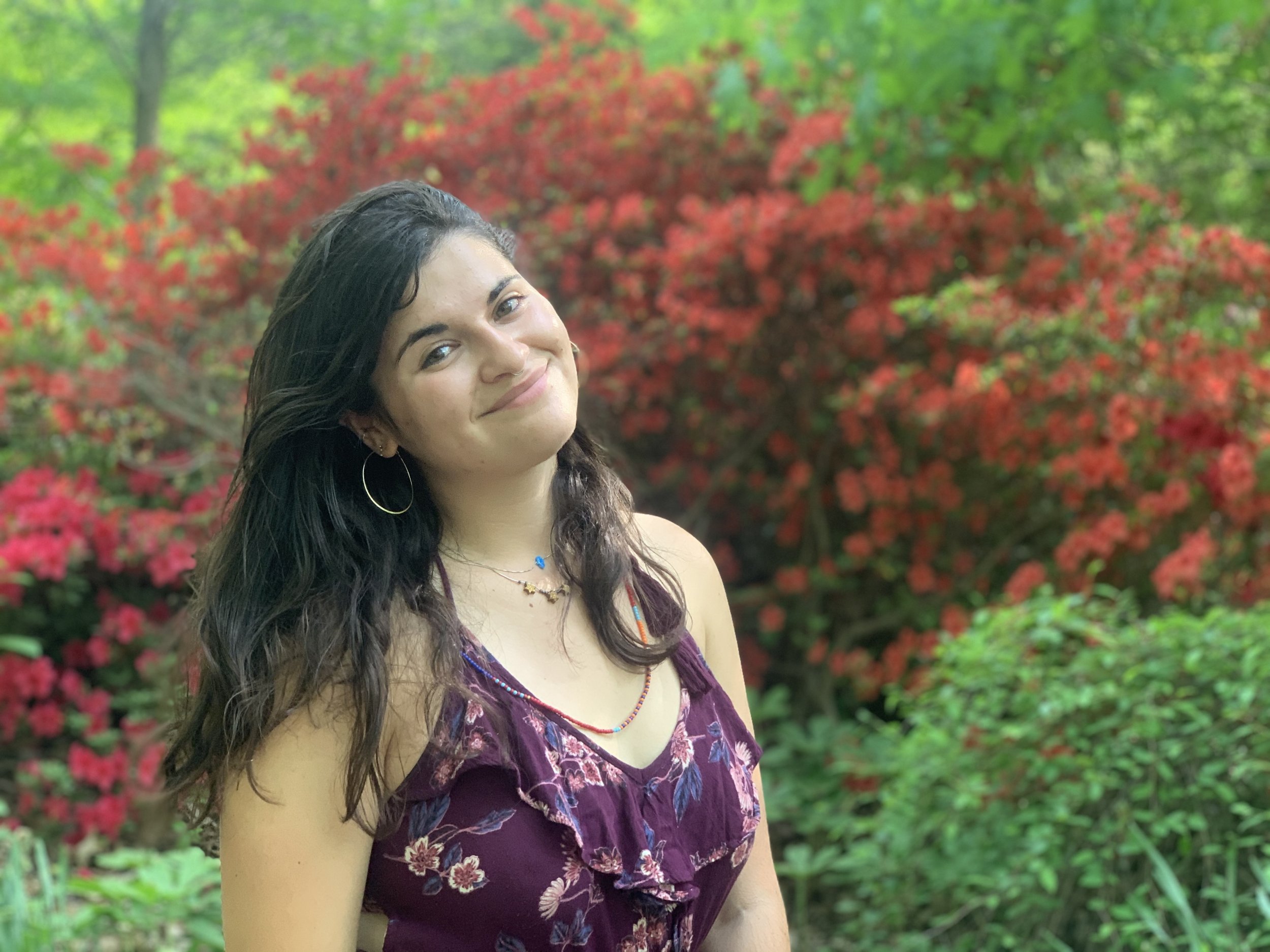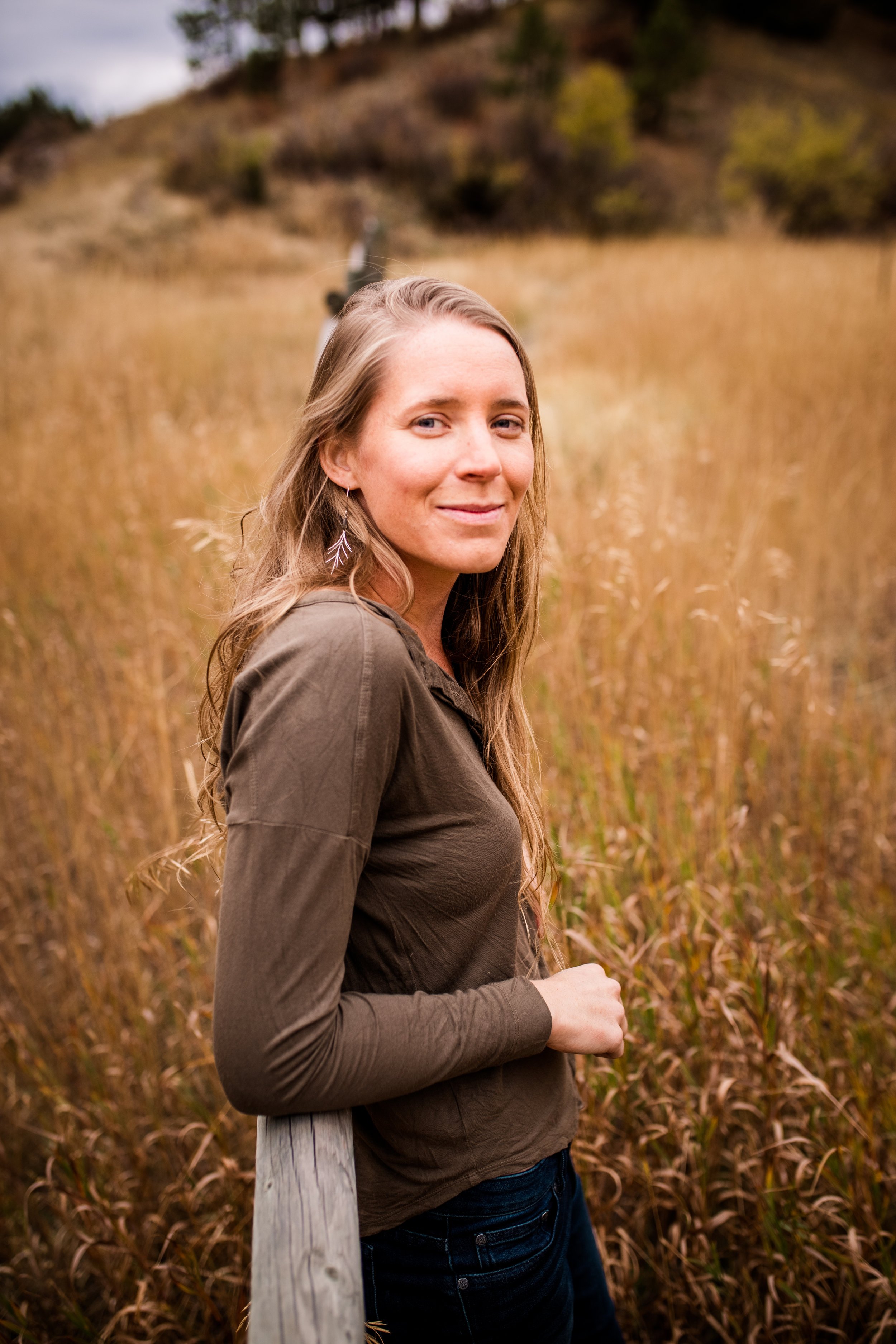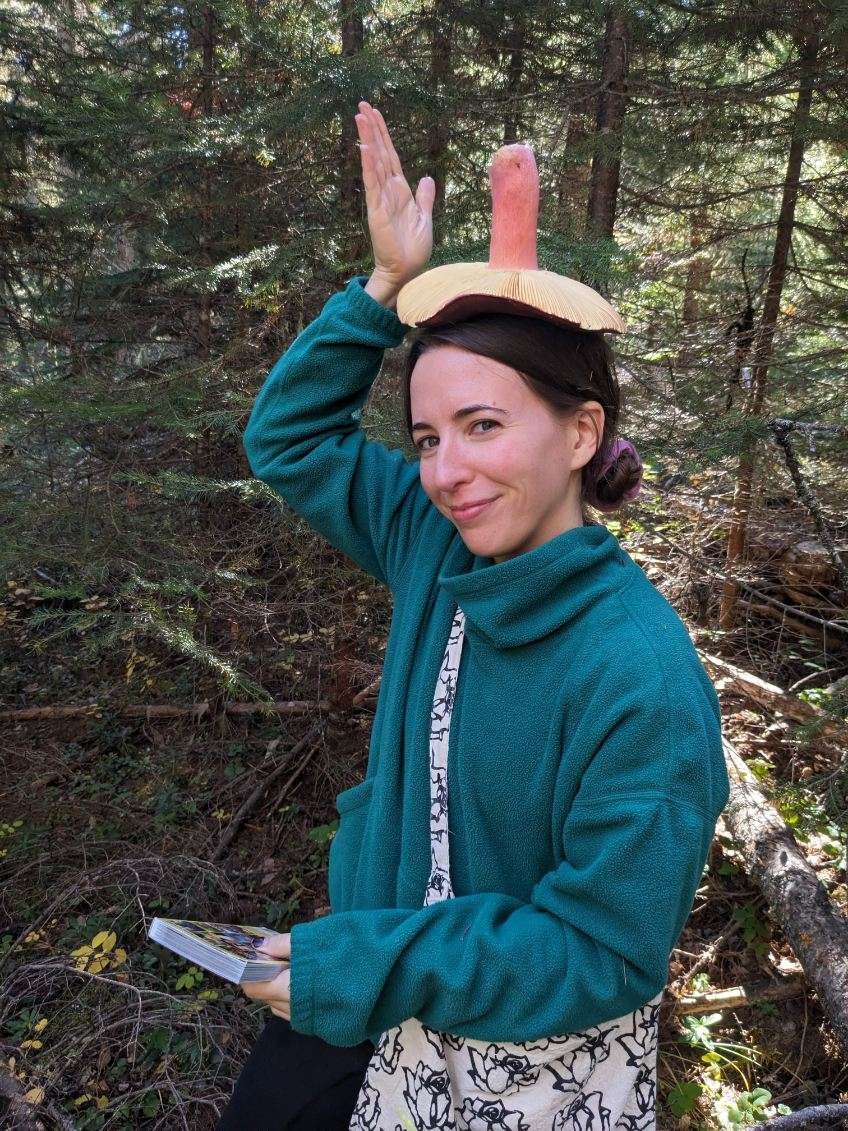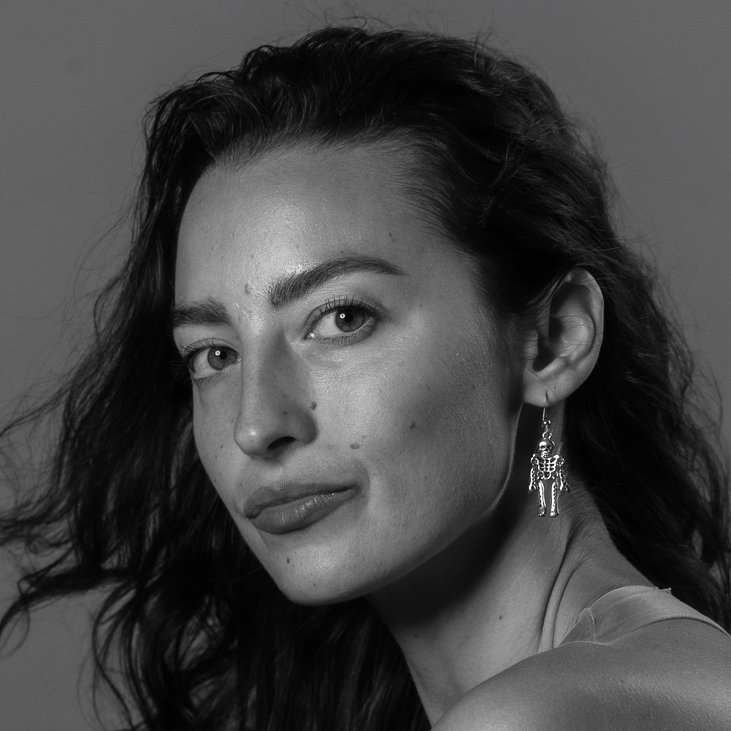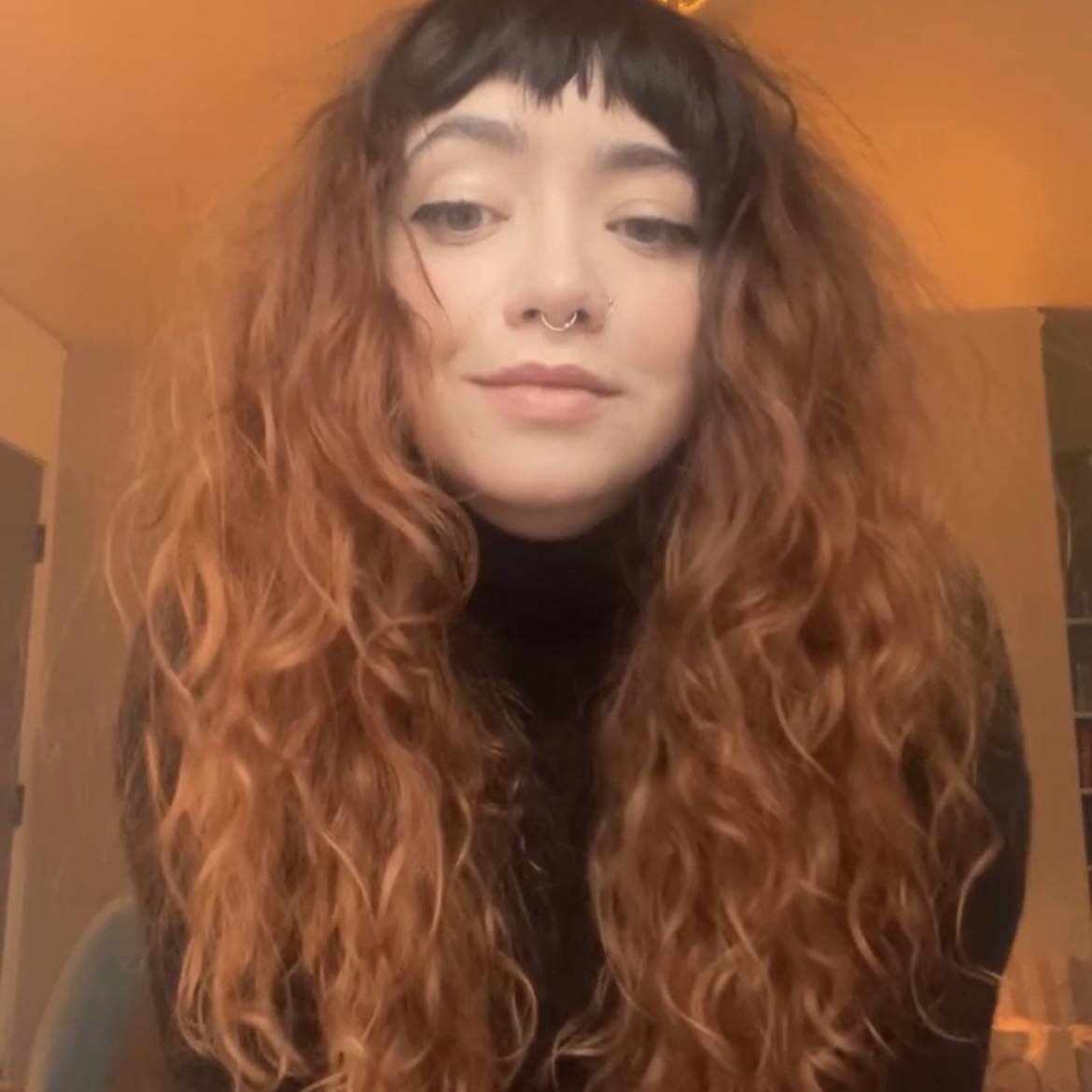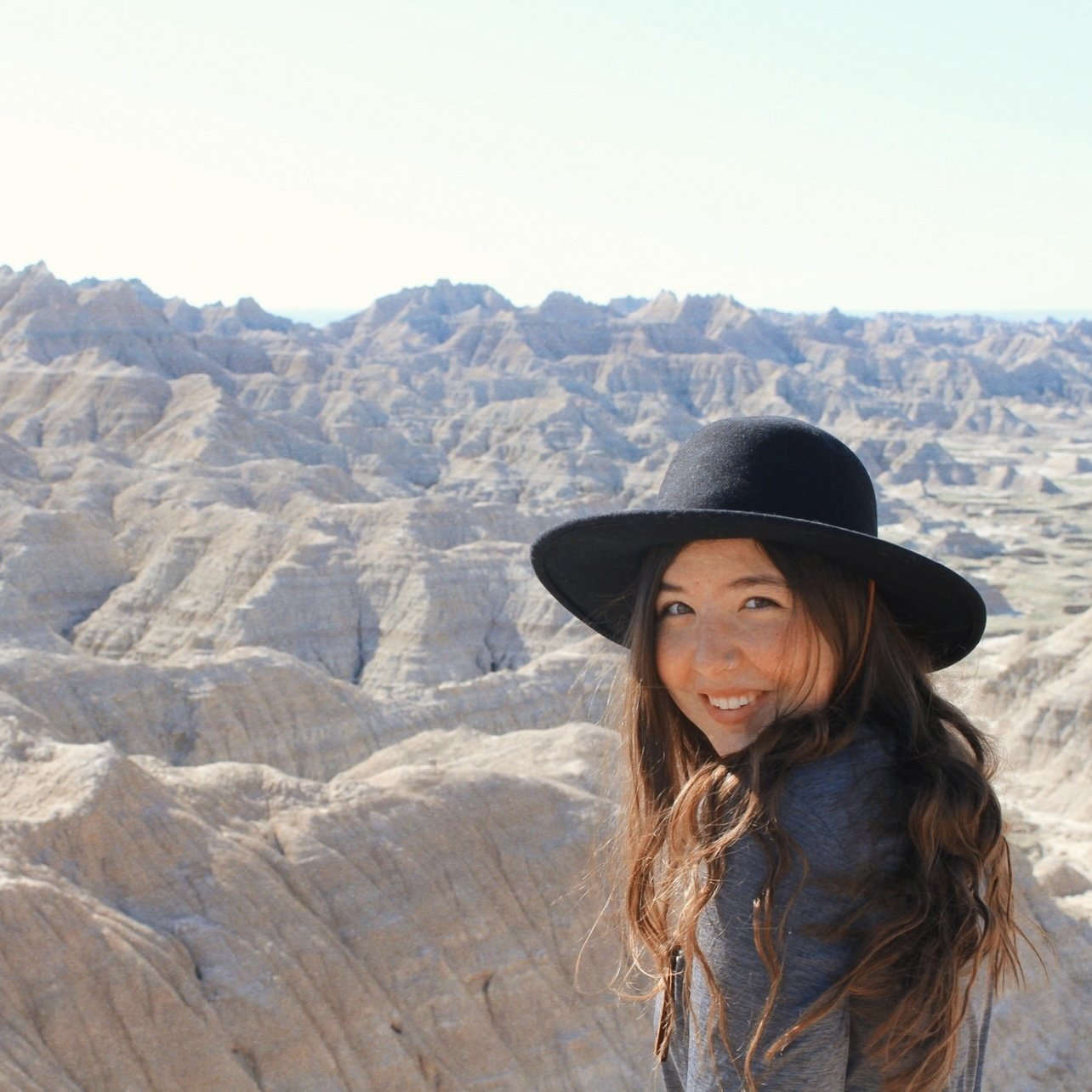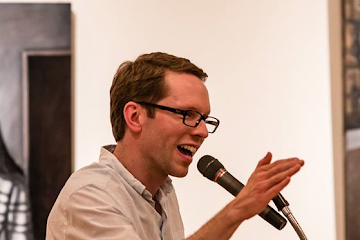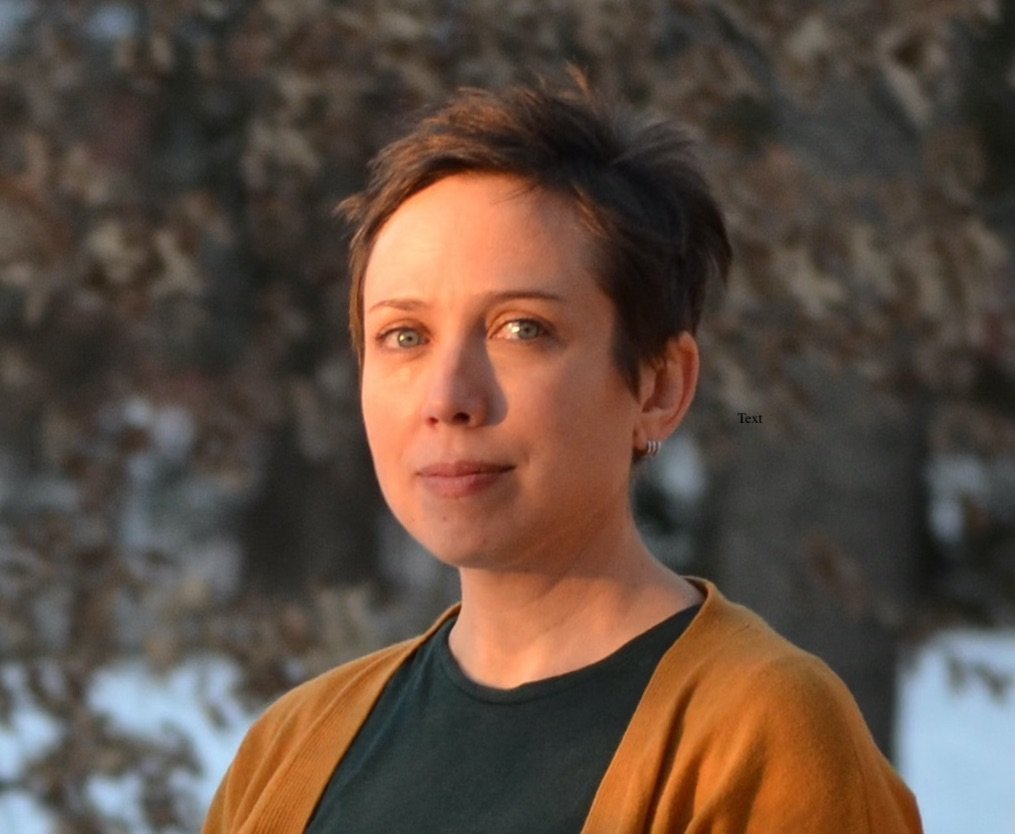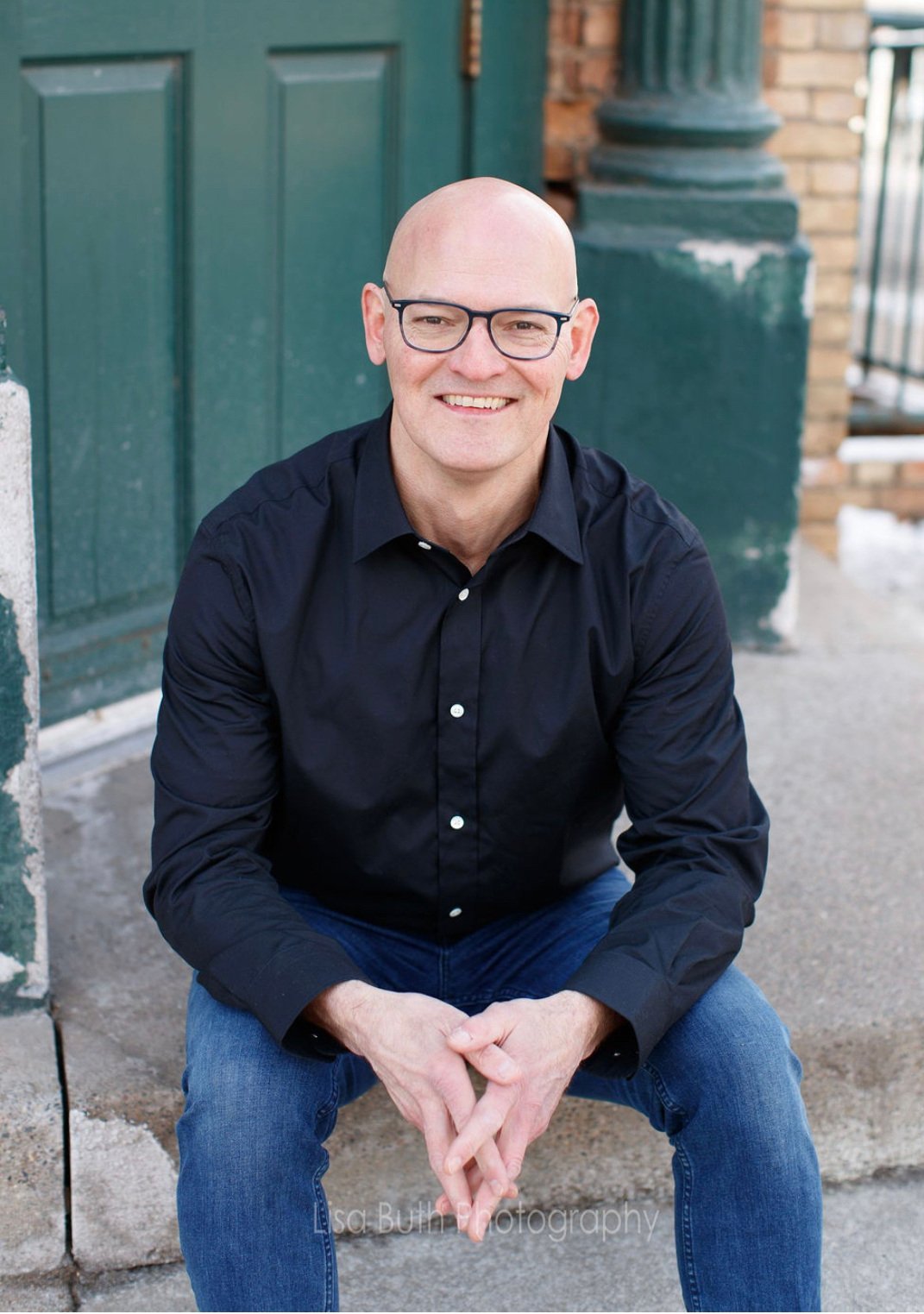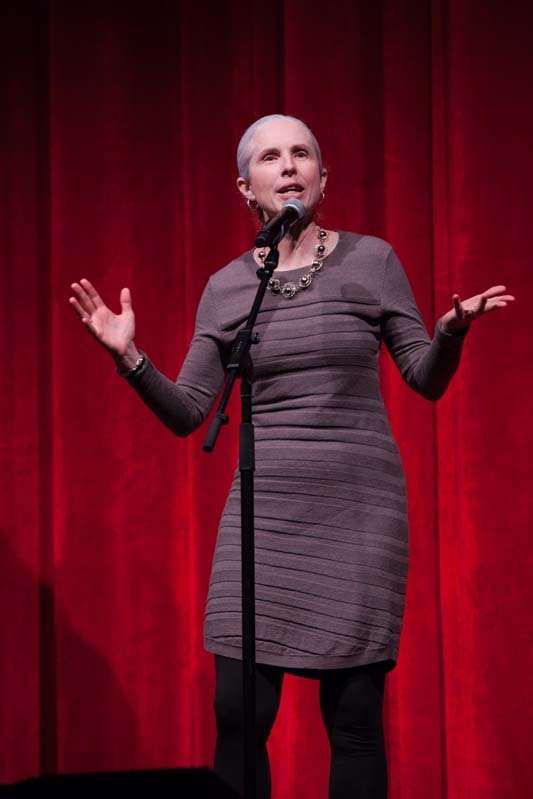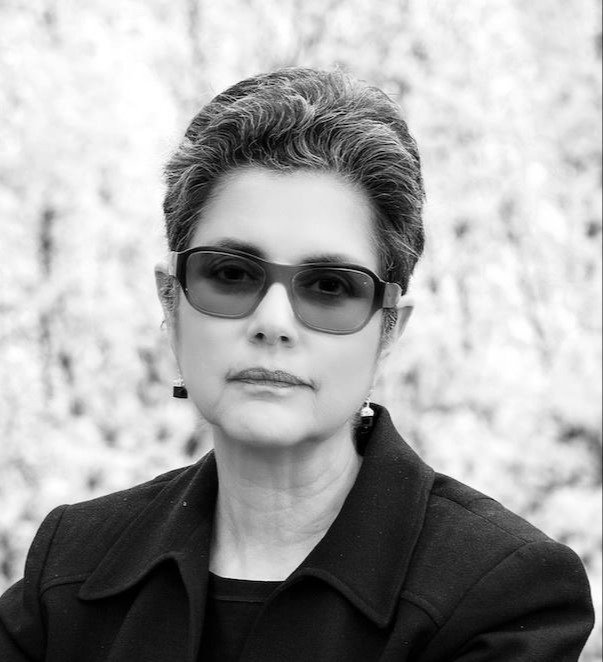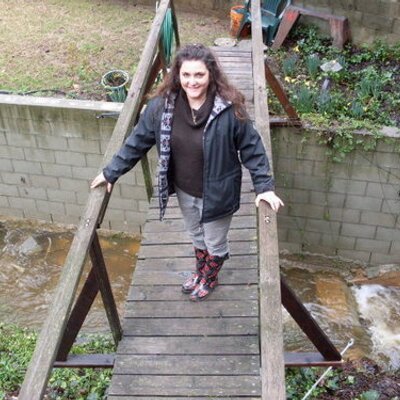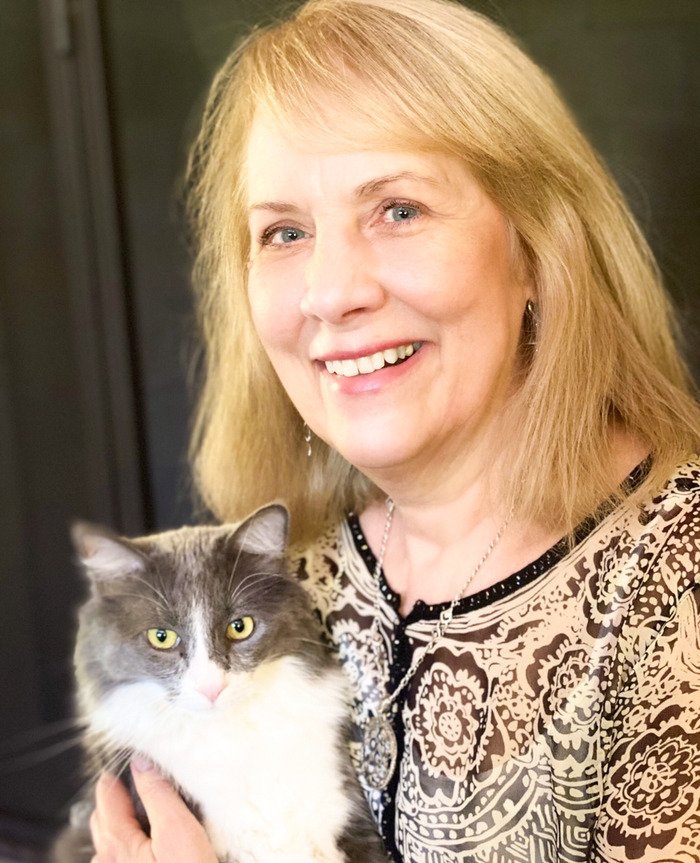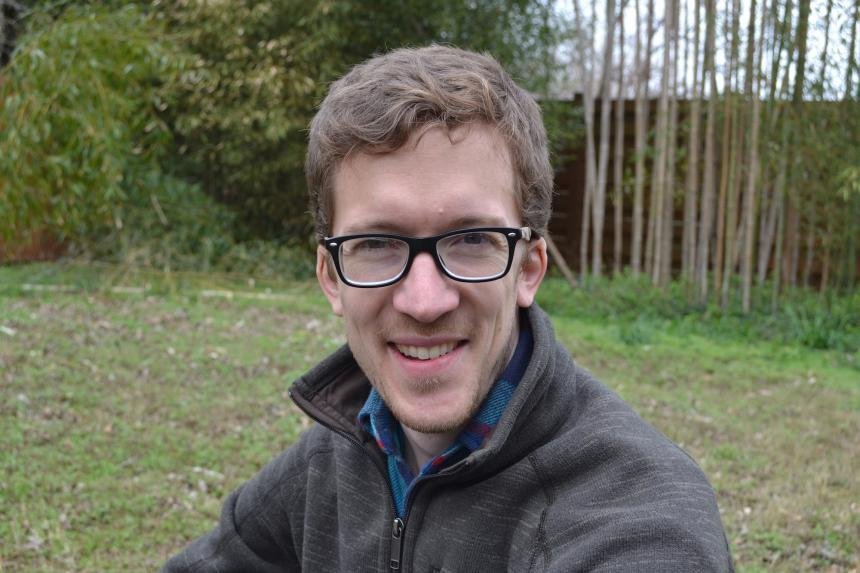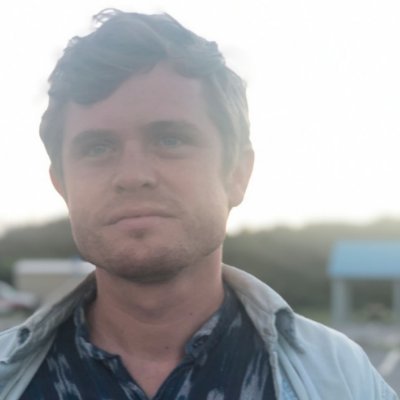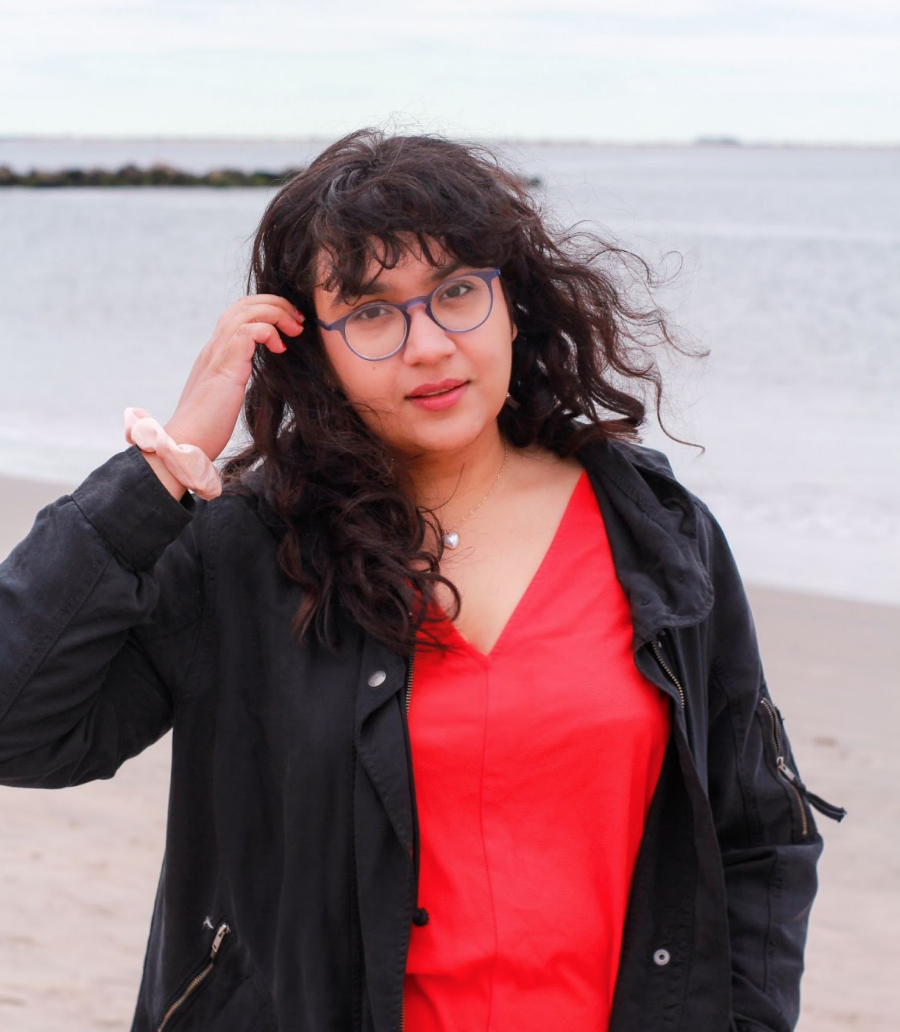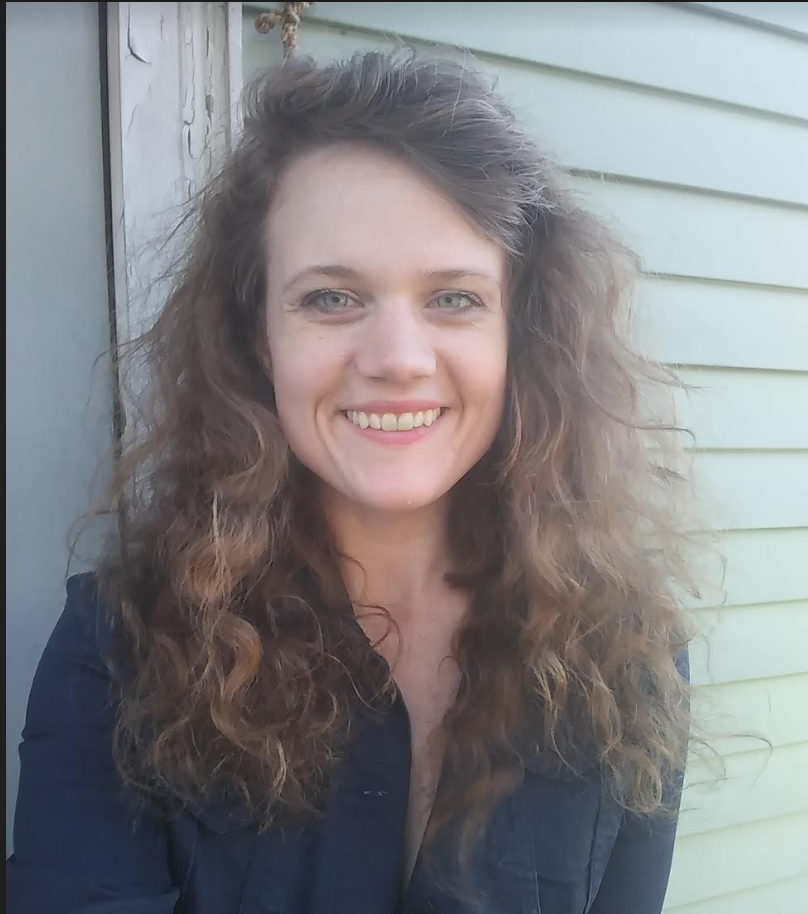CutBank Interviews: A Conversation with Sean Hill
by Emily Collins
Sean Hill’s second collection of poems, Dangerous Goods (Milkweed Editions 2014 & Winner of the Minnesota Book Award) is an illuminating and playful examination of landscape, travel, and belonging. His work gets to the heart of loneliness and alienation while simultaneously engendering a sense of hope and connection within the reader. An award-winning poet and Visiting Professor of Creative Writing at the University of Montana, Sean Hill’s poems on landscapes, Southern identity, and African American community continue to subvert expectations while adhering to timeless poetic forms.
Emily Collins: I'm interested in why contemporary poets choose to adapt to older poetic forms to communicate. Can you speak to how prescribed patterns have informed your work and what you hope these patterns communicate about the human condition?
Sean Hill: When I first started writing poetry back in college, I was working intuitively to create patterns and structure in my poems. Because I didn’t know much about traditional forms, I thought of them as something equivalent to painting by number—just plug in your content. But one of my professors suggested that I learn traditional forms for several reasons not the least of were to know what came before me, and so I wouldn’t have to reinvent the wheel every time I wrote a poem.
I started exploring received poetic forms about the time I started writing the poems for Blood Ties & Brown Liquor, my first collection. It started with a series of rhyming and free verse sonnets, the "Grandmother Poems." I was interested in seeing what would happen to the voice and the received forms when they were wed—how the vernacular and the formal constraints affected each other. The constraints of received poetic forms also reveal avenues I may not have found intuitively.
Humans recognize and appreciate pattern, and poetry is pattern-making and pattern-breaking. Patterns create expectations, and art is about setting up and rewarding or subverting expectations. The poetic patterns that have caught on and endure are the ones that other poets have found useful for exploring and expressing the human condition. I started out finding form through my content. Content engendered form, and form serves (presents, delivers, attends to) content. The goal is always to write the best poem I can, and poems sometimes move into and out of the prescribed patterns of forms until it settles into whatever form best serves. Having the patterns of sonnets, haibun, the blues, villanelles, ghazals, and other forms available simply suggests possibilities for me as I explore the human condition. Those forms aren’t the same as structure. I mean we recognize fourteen lines and a rhyme scheme as the form/pattern of a sonnet, but key to the sonnet’s structure is the volta—the turn—and how one works one’s way into and out of the turn is the structural work that we are engaged by as writers and readers.
EC: In Dangerous Goods, you interweave personal and historical reflections that touch upon immigration, nostalgia, and what it means to inhabit a place. The collection also features a series of "Postcard" poems addressed to people, places, and states of mind. In "Postcard to Wrong Address," the speaker says, "I could tell/ you how I really feel about my/ father or my shoe size, and they'd/ both have the same weight like/ the Weighing of the Heart-the soul/needs to balance the feather to gain/ entry into heaven." How do you reconcile themes like impermanence and belonging in your work?
SH: I'm quite interested in this question because of the way you frame it; by suggesting that “impermanence” and “belonging” are in a relationship that might require reconciling you seem to set them in opposition to each other. I haven’t exactly thought of them that way before. I mean "impermanence" isn't the word that comes to the top of my mind when I think of migration and immigration and travel and place and belonging, though I see how, obviously, it could. In your framing, I take “impermanence” to refer to the speaker’s/my new and, perhaps, transitory state regarding place. I was born and raised in Central Georgia, and lived there until 2000. In the last two decades, I’ve lived in Texas, Minnesota, Wisconsin, California, Alaska, South Georgia, and Montana. And at this point I have a few places, or perhaps, more accurately, places in time that feel like home, hence the nostalgia. But I’m also interested in how my moment fits in with a place and its people as I become one more person in that place for however long I’m there. The human condition is one of impermanence, the place and perhaps its people will continue to be after me.
I’ve heard people talk about the sense of belonging they feel when they travel somewhere that somehow “feels right” or “instantly like home” or something like that, and it’s seemed to me that they’ve worked out a relationship between landscape, community, and self. A sense of belonging is in part reconciliation with being in one’s body in a place. That’s how I might answer that question outside of my poems and in them.
I’ve thought of the poems as exploring culture shock and alienation and the process of coming to know a place and its people that can engender a sense of belonging. But I also want the poems to be open to readers so that they have their owner relationships to them.
EC: I see that the postcard series in Dangerous Goods has evolved into an eclectic music album titled Distance Grows in the Bones. What was it like collaborating with musician Eric Des Marais on this project, and how does a writer transition the "nuances of voice" from poetry to song?
SH: I’m glad you mentioned the Distance Grows in the Bones album. I’ve been involved in a few collaborative projects, but that was the one with the most back and forth. Most other collaborations have involved an artist’s adaptation of my poetry to a new medium allowing me some small amount of input at some stage of the project. But the collaboration with Eric Des Marias was a ground up collaboration. Eric’s a talented musician and producer. He and I met in the early to mid-nineties in college in Athens, Georgia. Eric played guitar in a favorite local band, Swoon 19. I was finding my way in my early poems. And in 2012, a couple decades later Eric came to me with the proposition of making songs from recordings of my readings.
We settled on the series of Postcard poems that was scattered through Dangerous Goods. I provided him with recordings of the poems, and he used those recordings to build the songs. In some cases, he used the cadence of my reading to work out the rhythm of the song. We’d discussed the poems and the kinds of music we wanted to explore in the collaboration: jazz, bossa nova, electronica, dubstep and more. To craft the drafts of the songs, Eric probably read those poems more than anyone, perhaps even me. We’d discuss the song drafts. And I would rerecord the poems a few times to get him the best vocals to work with. The project took us about three years of emailing recordings back and forth to complete. I love collaborating because I get to learn a bit about another artist’s process. I also love that the poems get to live different lives simultaneously, and perhaps find different audiences.
EC: Who are your poetic and/or nonpoetic influences? Have your aesthetics changed over the years or do you find yourself returning to familiar voices?
SH: My first creative writing teacher, Judith Ortiz Cofer, told the class to find our tribes—those writers who felt like our people—on the page and among the poets out in the world practicing in our time—those folks whose work speaks to us and inspires us to strive in our own work. Through her and other undergraduate and graduate professors I found Grace Nichols, Jean Toomer, Ishmael Reed, Cornelius Eady, Toi Derricotte, James Baldwin, Marilyn Hacker, Charles Johnson, Ernest Gaines, and Toni Morrison, not necessarily in that order. The writing of my first collection, Blood Ties & Brown Liquor, was made possible by my reading Dove’s Thomas and Beulah and Heaney’s Bog poems from his early works and Michael Ondaatje’s The Collected Works of Billy the Kid and Komunyakaa’s Magic City and Neon Vernacular and Nelson’s The Homeplace and The Fields of Praise and The Collected Poems of Sterling Brown edited by Michael S. Harper and C. P. Cavafy, Collected Poems, translated by Edmund Keeley and Philip Sherrard, edited by George Savidis. These poetic influences modelled, shaped, and engendered ways of thinking and doing. The things these writers’ works taught me about the craft of poetry and how to explore the self and represent community and render the scope and scale of history and so much more gave me a way to write my poems and books.
Recently, an old friend, the poet Elizabeth Bradfield, described a recent poem I shared with her as “very much a Sean Hill poem in the way it turns and returns.” She explained that a Sean Hill poem “weaves the now and then, the me and you, the sounds and syntax of a moment.” I think that is an apt description of the principles guiding my work. My aesthetic engagement and goals has changed over the years, but my obsessions have been steady if evolving from the poems of Blood Ties & Brown Liquor to the poems of Dangerous Goods through to the poems I’m writing for my next collection.
EC: What draws you to the MFA program at the University of Montana and what do you hope for writers to gain from your workshops and/or craft electives?
SH: The UM MFA Program in Creative Writing is a storied program. I should have included Richard Hugo in the influences listed above. Judith Ortiz Cofer assigned his Triggering Town to our class. And I’m a Southerner who fell in love with the West some years ago.
Judith Ortiz Cofer instilled in her students that writing is hard and rewarding work that requires study. When she urged us to find our tribes, she was inviting us to be a part of the centuries-old community of writers. She was empowering us to find our own influences and make our own paths. All my teachers and those poets I’ve had meaningful encounters with in world or even only on the page have shown me a path and helped to build my path in some way. My hope for students is that they push themselves in their work to take risks. I want them to think about the various ways of being a poet in the world and create their own paths for their lives with writing.
Sean Hill is the author of two poetry collections, Dangerous Goods, awarded the Minnesota Book Award in Poetry, (Milkweed Editions, 2014) and Blood Ties & Brown Liquor, named one of the Ten Books All Georgians Should Read in 2015 by the Georgia Center for the Book, (UGA Press, 2008).
He’s received numerous awards including fellowships from Cave Canem, the Region 2 Arts Council, the Bush Foundation, Minnesota State Arts Board, The Jerome Foundation, The MacDowell Colony, the University of Wisconsin, a Stegner Fellowship from Stanford University, and a Creative Writing Fellowship from the National Endowment for the Arts. Hill’s poems and essays have appeared in Callaloo, Harvard Review, New England Review, Orion, Oxford American, Poetry, Tin House, and numerous other journals, and in over a dozen anthologies including Black Nature and Villanelles.
He has served as the director of the Minnesota Northwoods Writers Conference at Bemidji State University since 2012. Hill is a consulting editor at Broadsided Press, a monthly broadside publisher. He has taught at several universities, including at the University of Alaska – Fairbanks and Georgia Southern University as an Assistant Professor. Hill lives in Montana with his family and is a Visiting Professor of Creative Writing at the University of Montana for the 2020-2021 academic year.
Emily Collins is a first year MFA in fiction student at the University of Montana and the Interviews Editor for CutBank. Her work has appeared or is forthcoming in New Orleans Review, The Florida Review, The Atticus Review, The South Carolina Review, and others. She’s been nominated for the Pushcart Prize and other anthologies. When she’s not interviewing incredible writers, she enjoys hiking and volunteering.


